100 Deadliest Days of Summer Awareness
The days between Memorial Day and Labor Day are some of the most dangerous on our roads. Crashes spike during this time of year, especially among teen drivers. Slowing down, removing distractions and staying vigilant makes a huge difference on our roadways and can save lives. Here are 10 simple steps you can take to drive safer:
1. Stay Focused.
Driving is not a mindless task. When you are behind the wheel, you need to stay alert and limit distractions. Make sure you are watching your speed, checking for changing road conditions or unexpected hazards and staying mindful of the drivers around you. Driving should be your number one priority. Talking on the phone, drinking, eating or visiting with others in the car takes your mind off of the task at hand and increases your chance of being in an accident. It is also important to remember that the summer brings more vehicles (and distractions) to the roads. Drivers need to be mindful of motorcycles, ATVs and even large, slow-moving farm equipment. These obstacles require you to be even more alert. Warm months also bring more people outside, so keep a close eye out for runners and cyclists who may be on the shoulder. And when you are in neighborhoods, make sure you keep an eye out for children.
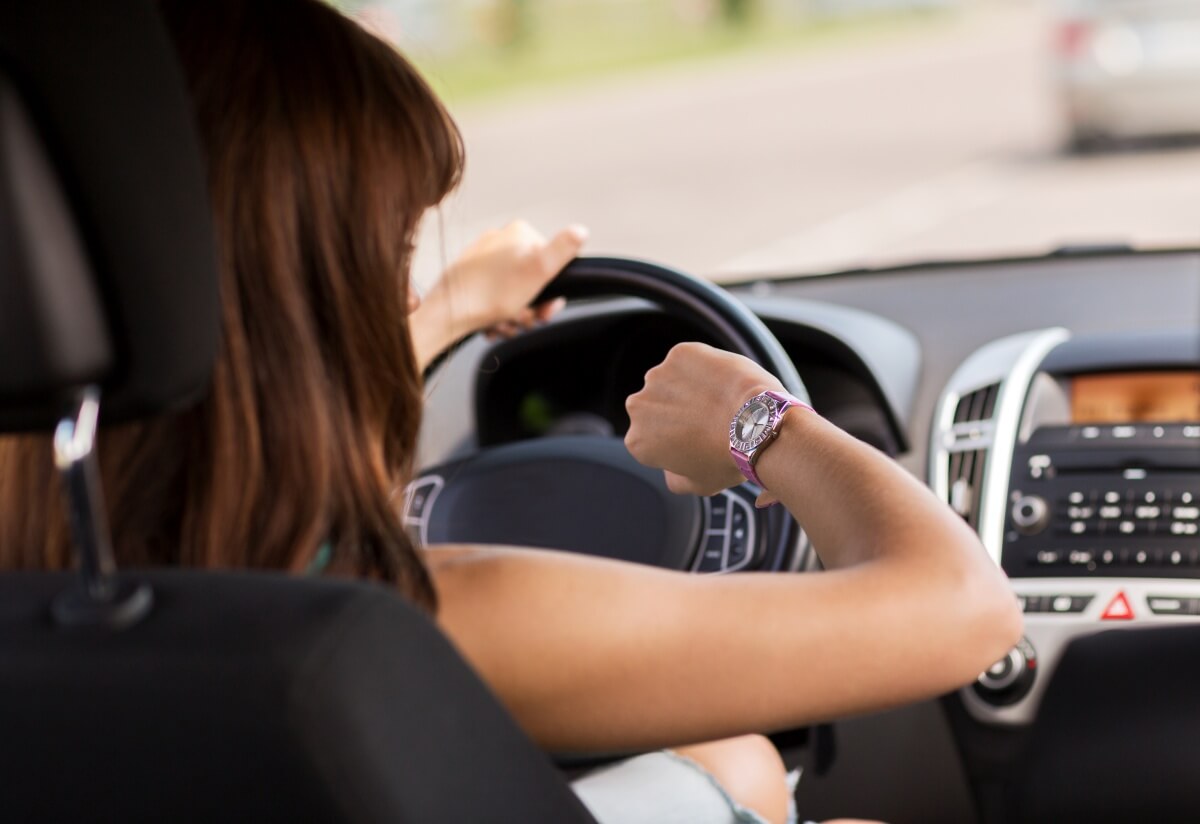
2. Give Space.
Accidents are most likely to happen in front of you, so make sure you leave plenty or room between you and the car in front of you. A good rule of thumb is leaving 4 seconds of space between you and the car you are behind. Pick an object in front of you, once the car you are following passes it, start counting. Ideally, you will pass this same object 4 seconds later. If road or weather conditions are poor, increase your following time.
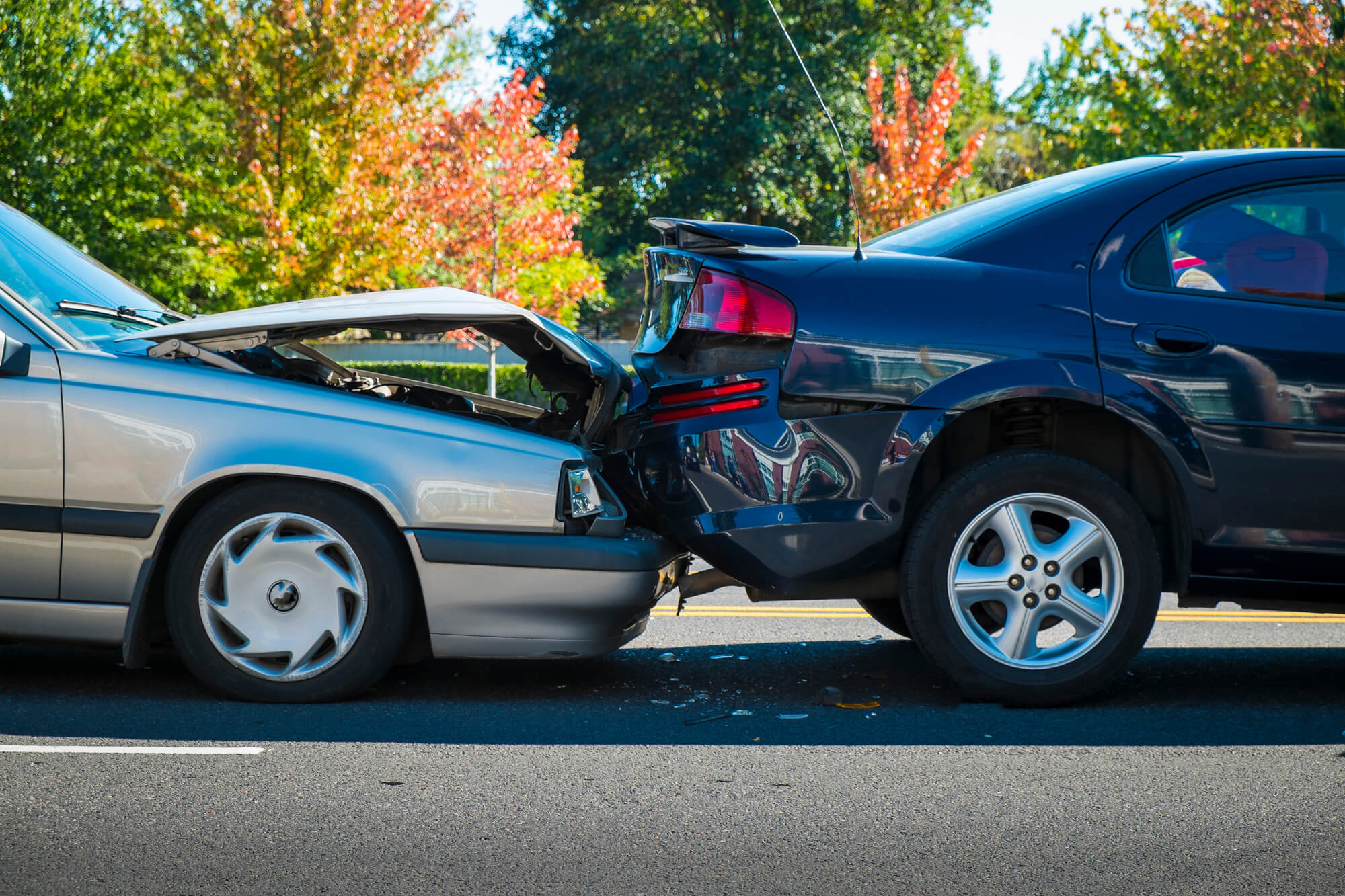
3. Drive Defensively.
You do not want to rely on other drivers to keep you safe. When you are in your car or on a motorcycle, you always need to expect the unexpected and be aware of the drivers around you. Be prepared for someone to cut you off, slam on their breaks or run a red light and have a plan for how you will react.
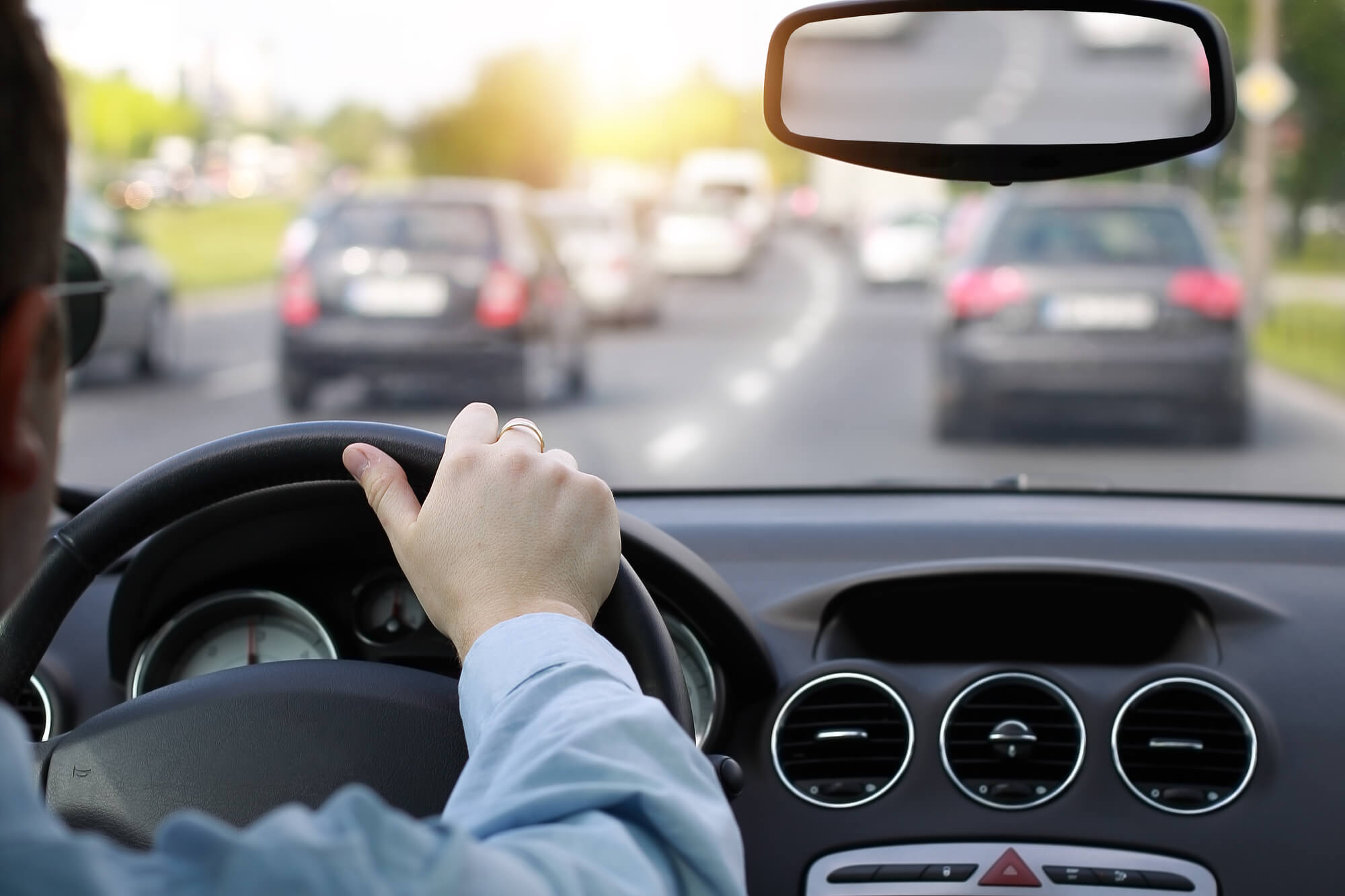
4. Follow the Rules of the Road.
Traffic laws were not arbitrarily created – especially speed limits. The laws were designed to maximize safety on the road and help everyone get home. Speeding is risky and it typically saves less than five minutes for shorter trips.
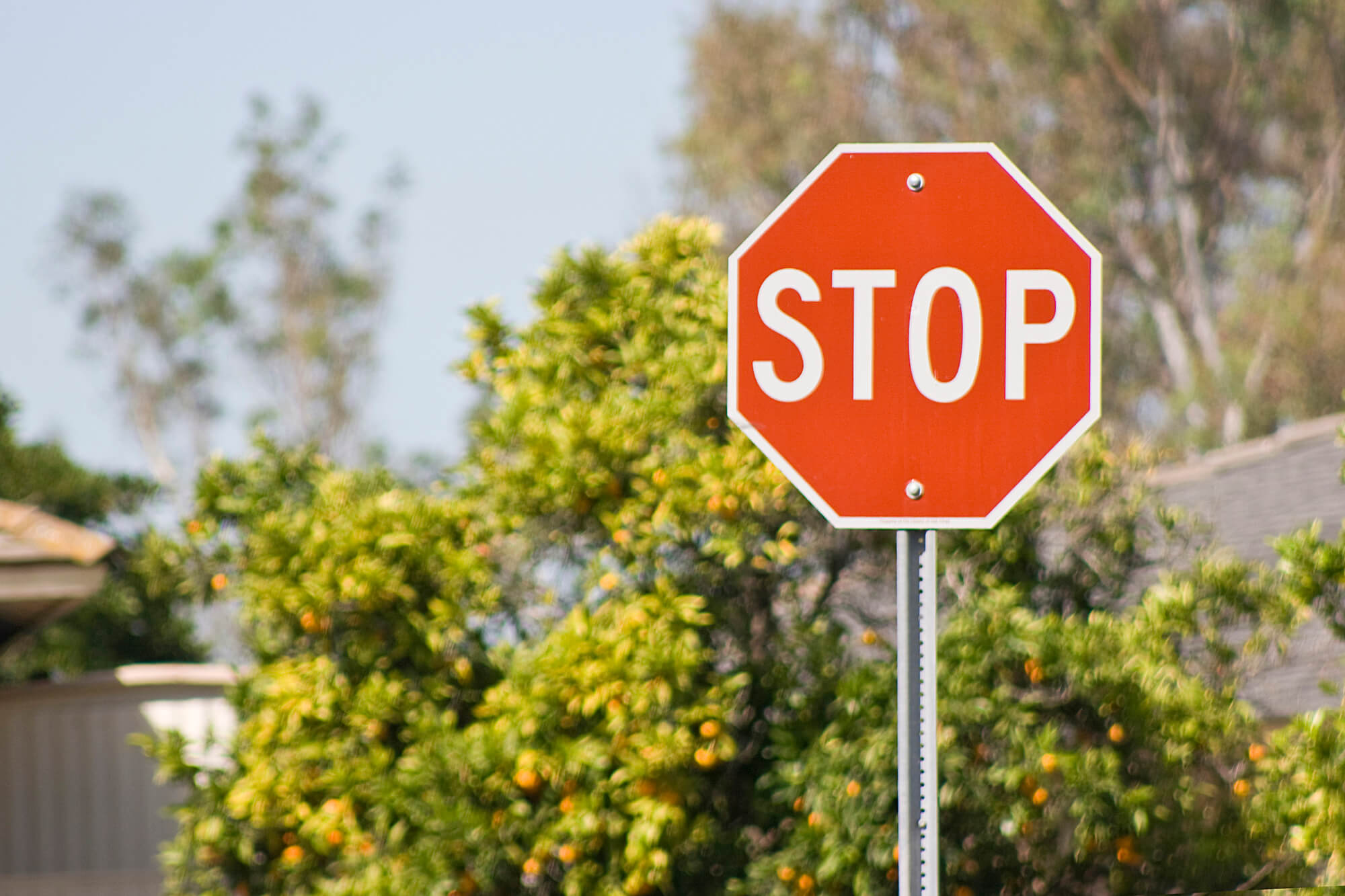
5. Adjust for Weather.
Different weather conditions require different approaches to driving. If there is rain or snow on the road, it is important to slow down. The same is true when you are driving into the direct glare of the sun and have limited visibility. Mother nature has a mind of her own and always make sure you take the time to adjust to changing conditions.
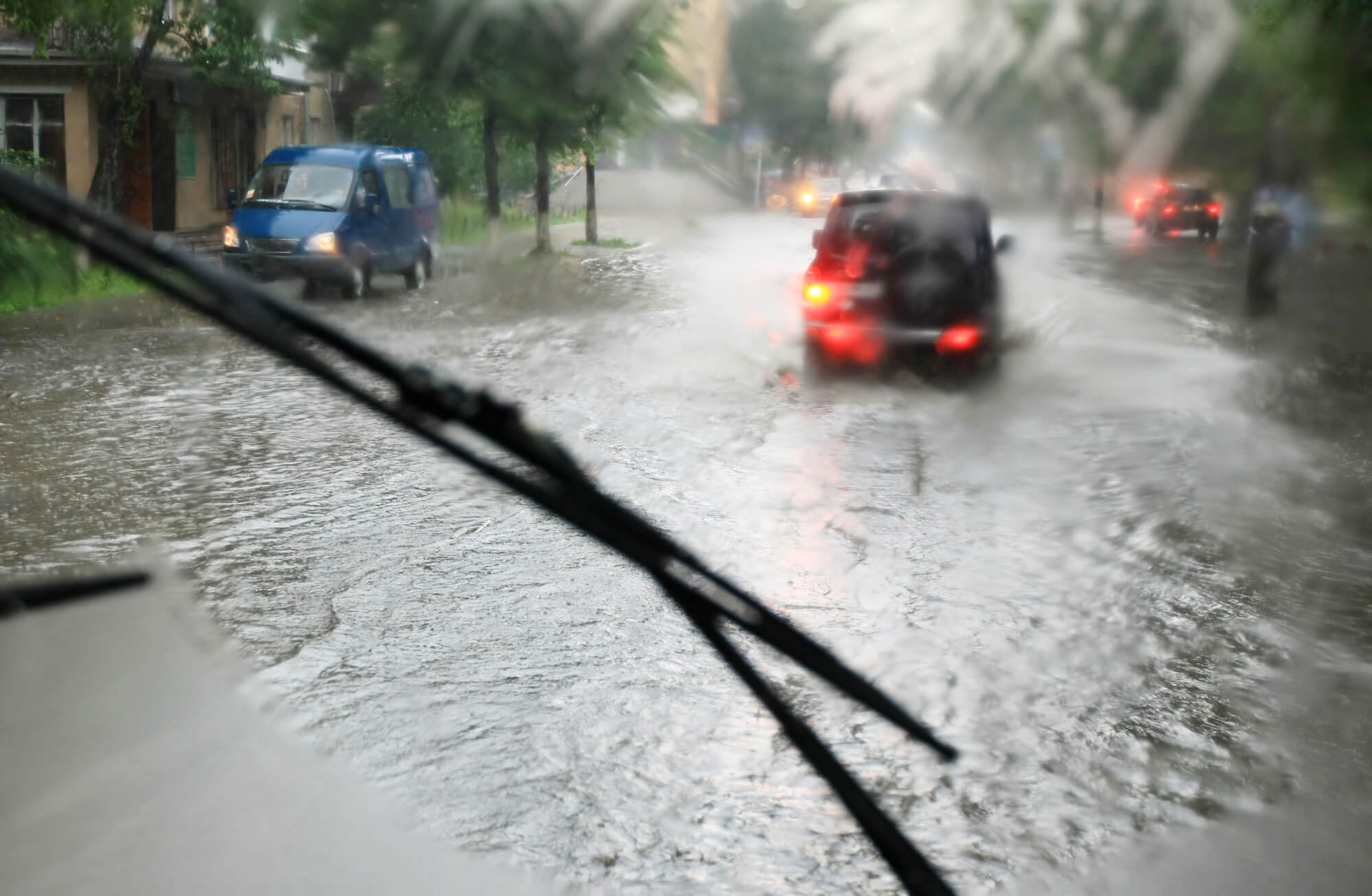
6. Drive Sober.
Never drive under the influence. After drinking, your reaction time is slowed and you are less likely to make good judgement while on the road. If you are drinking, arrange for someone else to drive you home safely.
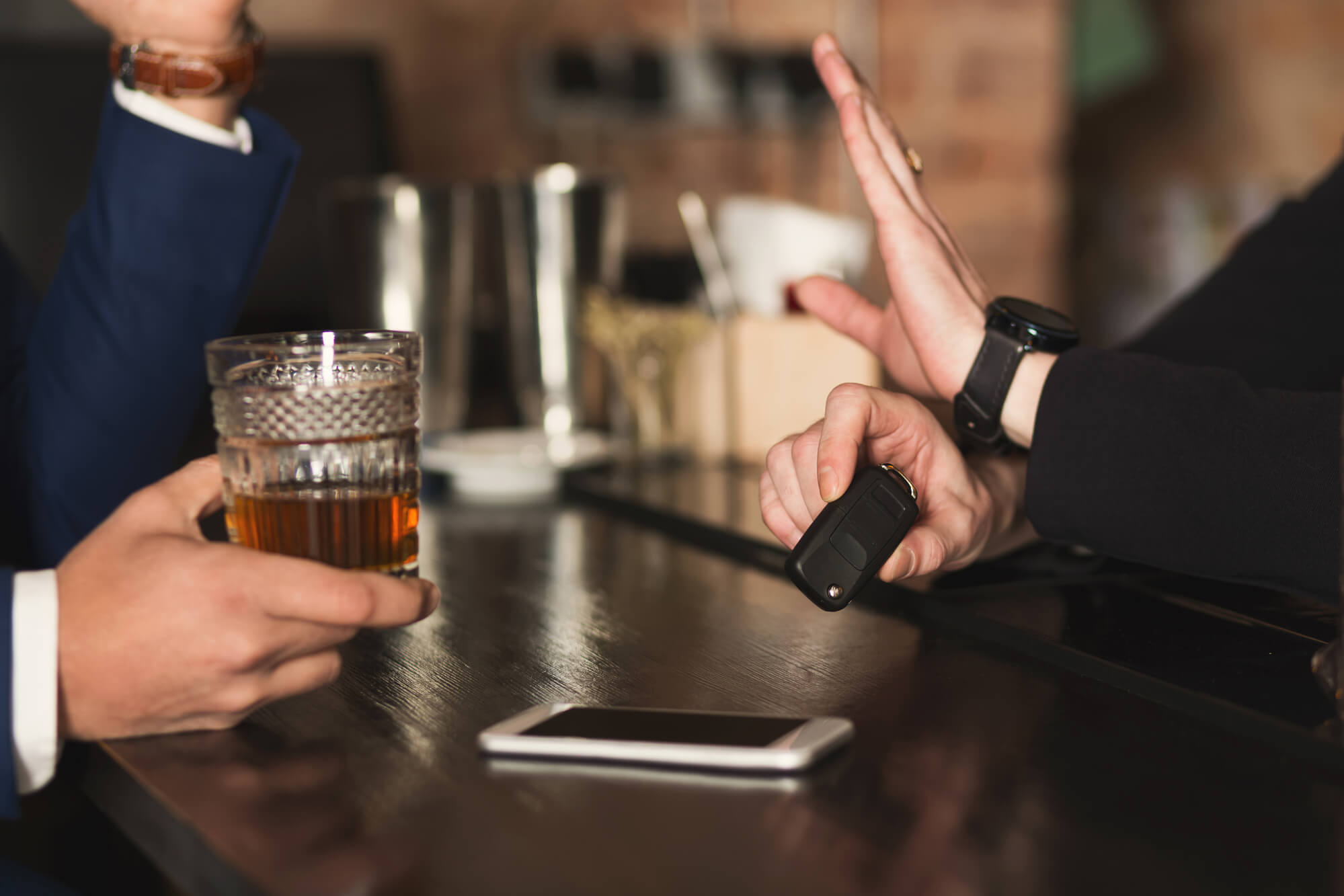
7. Put the Phone Down.
It is easy to be distracted by an incoming call or text but resist the temptation of picking up your phone. If you are on the freeway, even glancing at your cell phone could be the same as driving the length of a football field with your eyes closed. It simply isn’t worth the risk. If your cell phone has a Do Not Disturb While Driving mode, take the time to activate it.
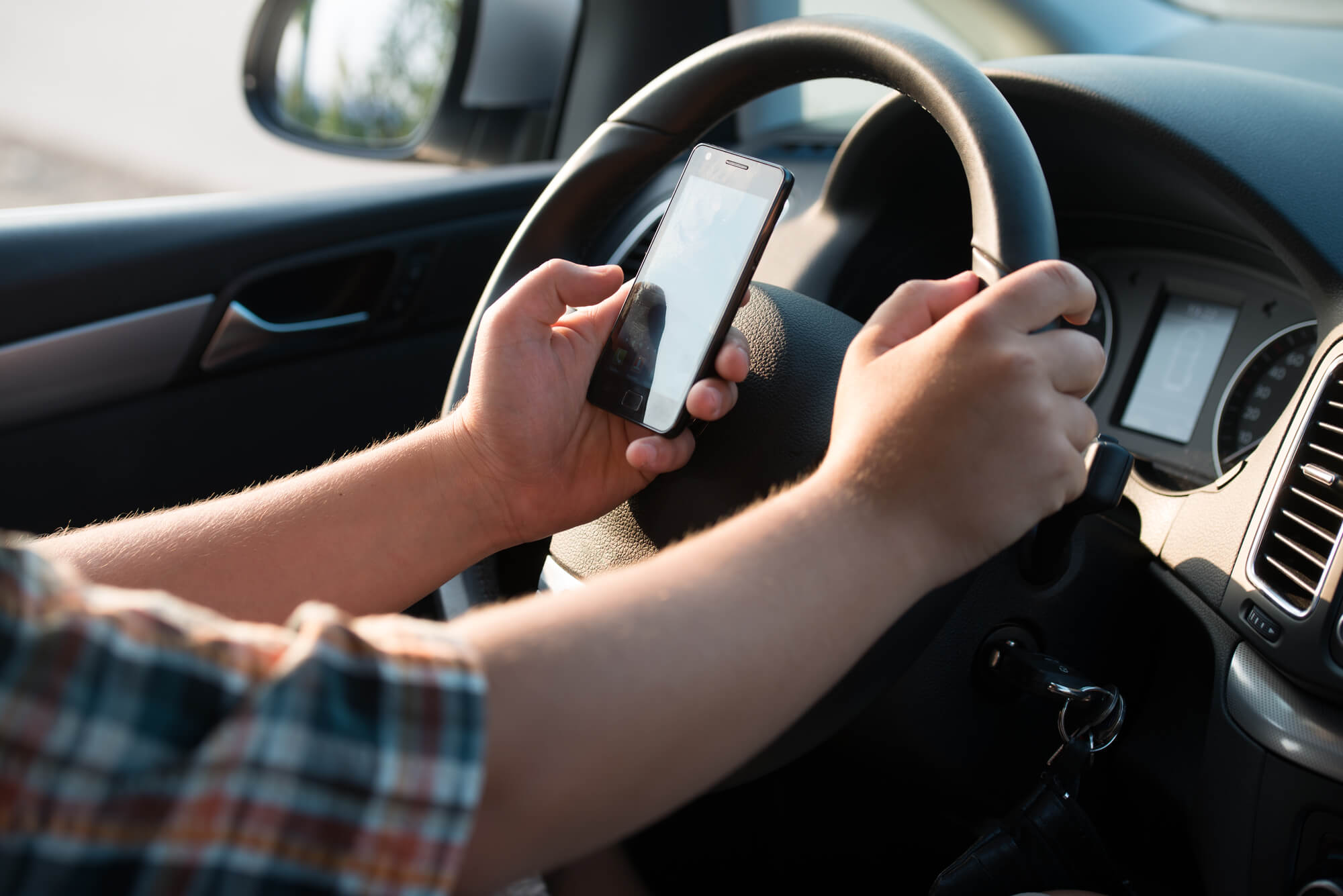
8. Buckle Up.
According to the National Institute of Highway Safety, seatbelts saved nearly 15,000 lives in 2017. It only takes a moment to put on your seatbelt and it can make a huge difference when it comes to your safety.
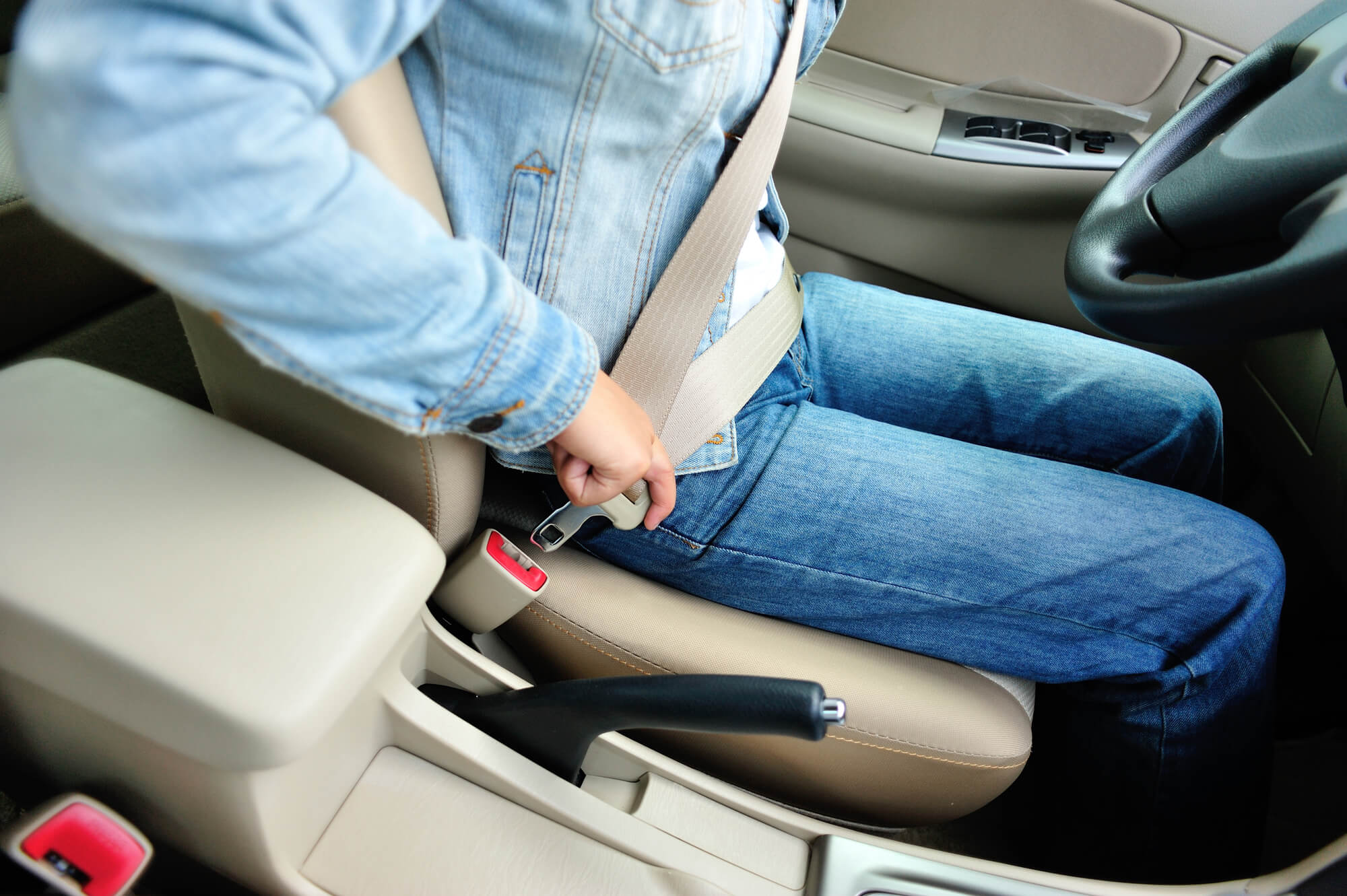
9. Take Breaks.
When you are driving for long distances, plan short breaks along the way. Getting out of your car and stretching your legs will help improve your focus when you are on the road.
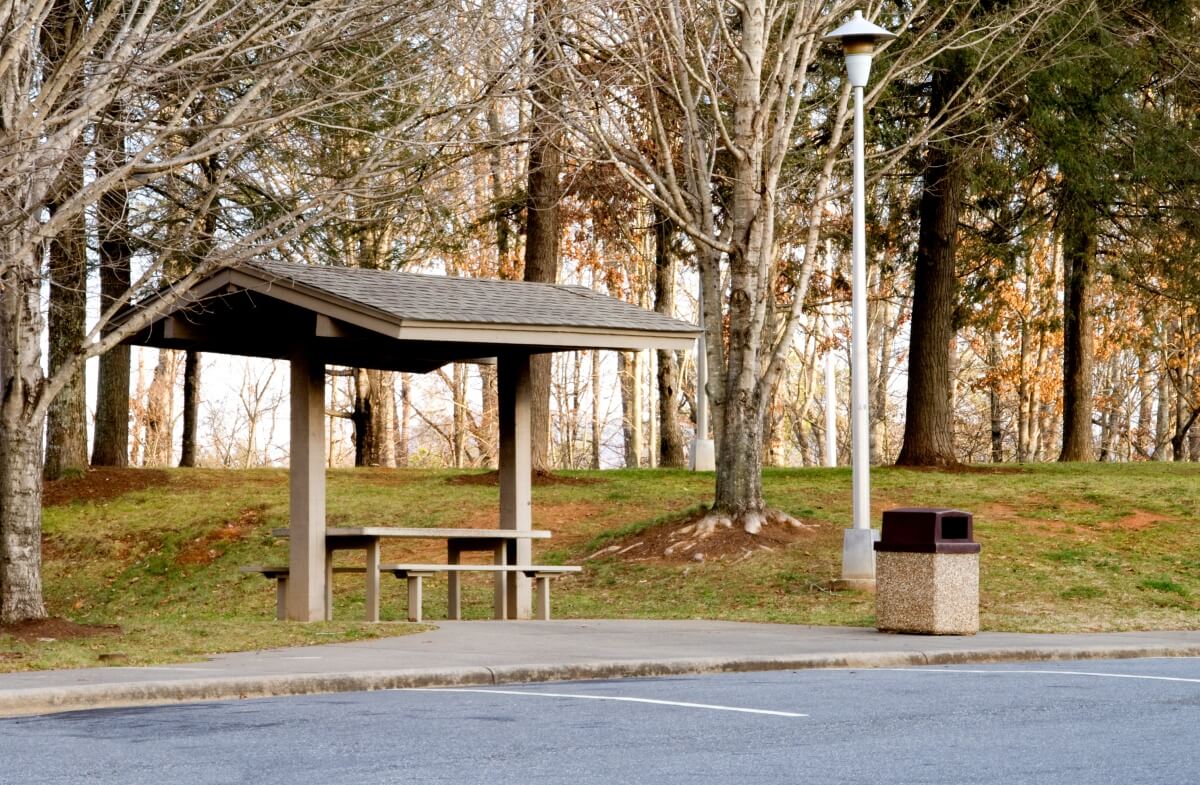
10. Stop on Red.
Tying to beat red lights leads to many crashes. If you see a light turn yellow, slow down and come to a complete stop. If you have a green light, double check the intersection before pulling forward. Just because your light is green, never assume it is safe to go – verify the intersection is clear before pulling forward.
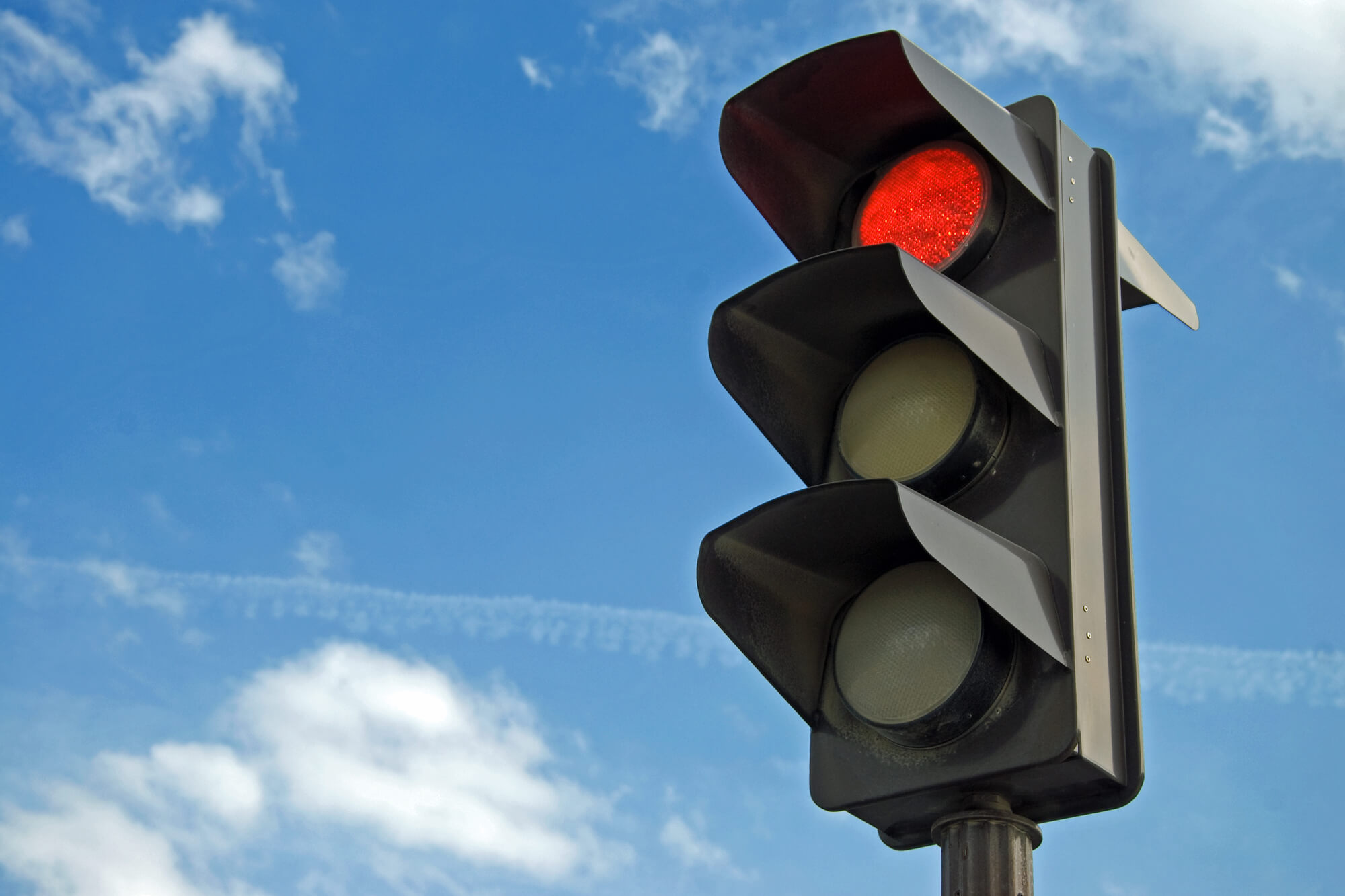
Want even more? Check out our curated list of resources designed to help you build better habits on the road.


